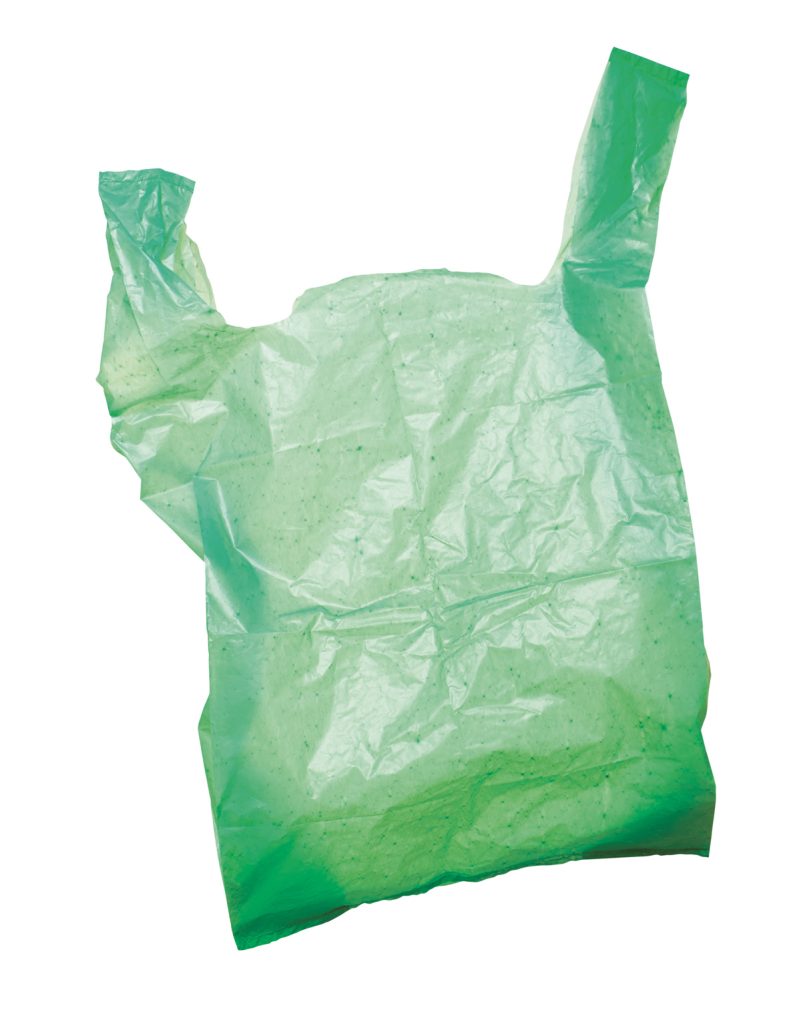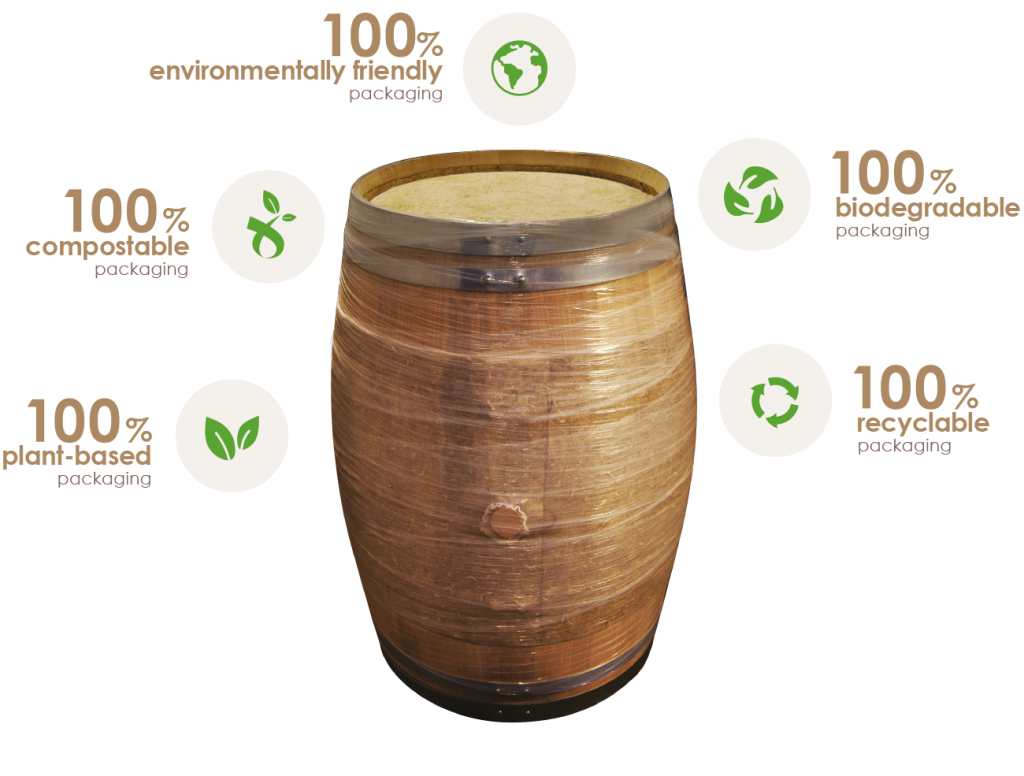
Today, poorly managed post-consumption waste (not reused, recycled, sent to controlled landfill or incinerated) amounts to hundreds of millions of tons per year.
It invades soils, rivers and oceans all over the world.
Nearly 150 million tons of plastic have collected in the oceans since the 1950s, and eight million more tons join it every year, the equivalent of one dump truck a minute.
13% of cardboard waste is buried in landfills.
A study showed that the ink printed on cardboard releases toxic chemical products.
But will we one day come up with good, environmentally friendly, non-polluting solutions that are not hazardous to our health? Following the ban on single-use plastics, a study showed that the cardboard packaging replacing it is in fact even more harmful to the human body.
80% of cardboard is recycled but it takes 60 to 400 litres of water to produce 1 kg of cardboard.

Reduction in greenhouse
gases from our packaging by
Tons/eq. CO2
Biodégradable
& Compostable
Organic fertilizer & mulch
Boutes : Represented yesterday > Uses 10 tons of plastic and cardboard per year.
With annual consumption per person in France sitting at 70 kg of plastic and cardboard, this represents 140 people’s worth of consumption.
Garonnaise : Uses one ton per person per year, equivalent to the consumption of 14 French people.